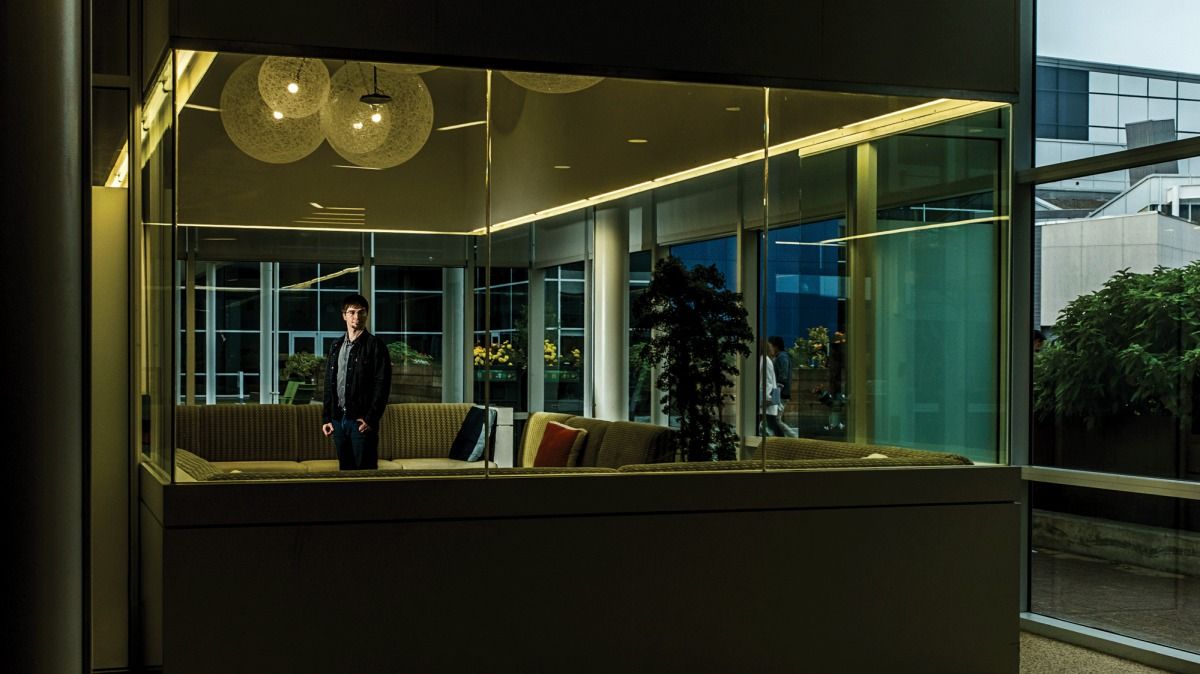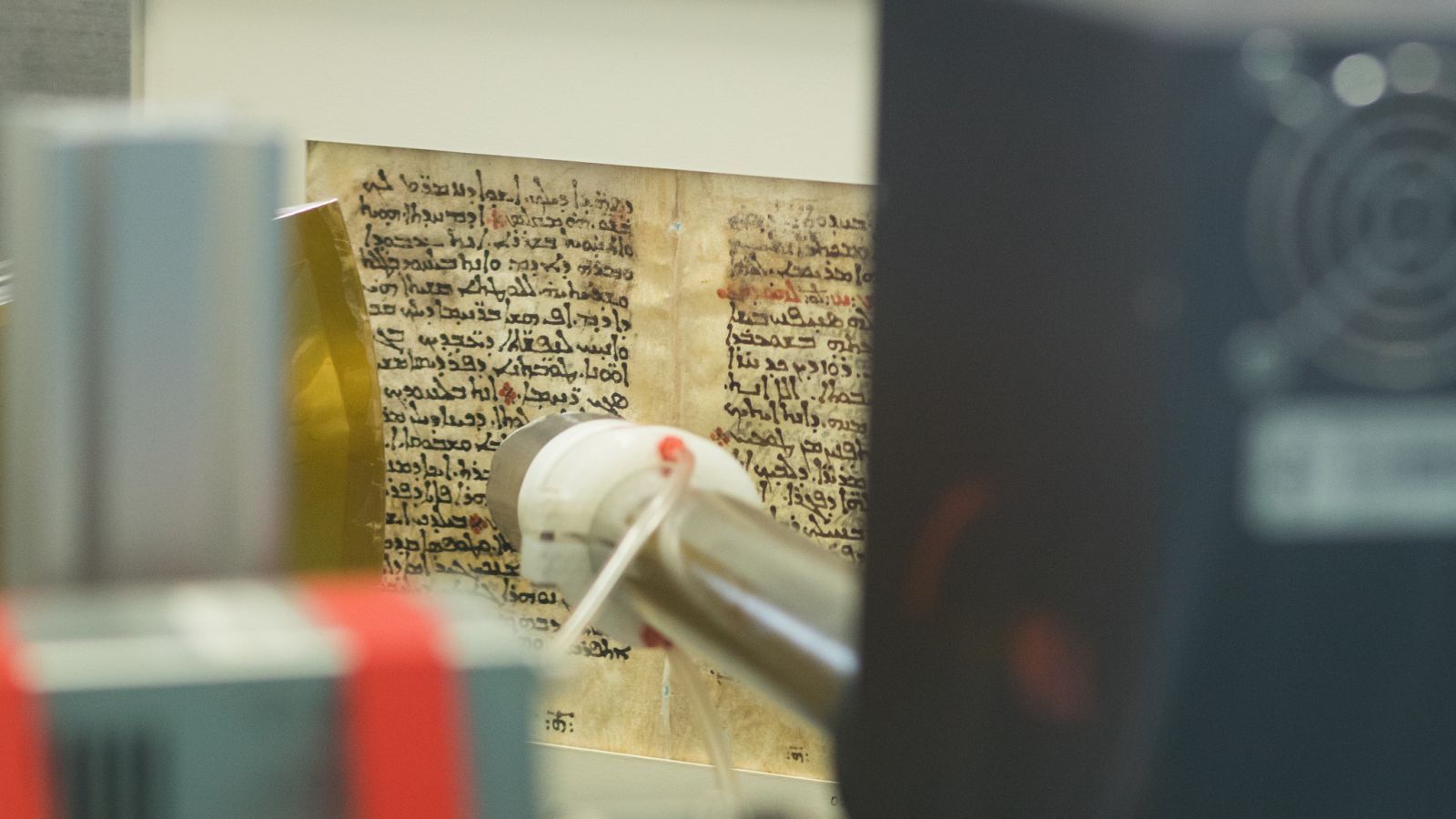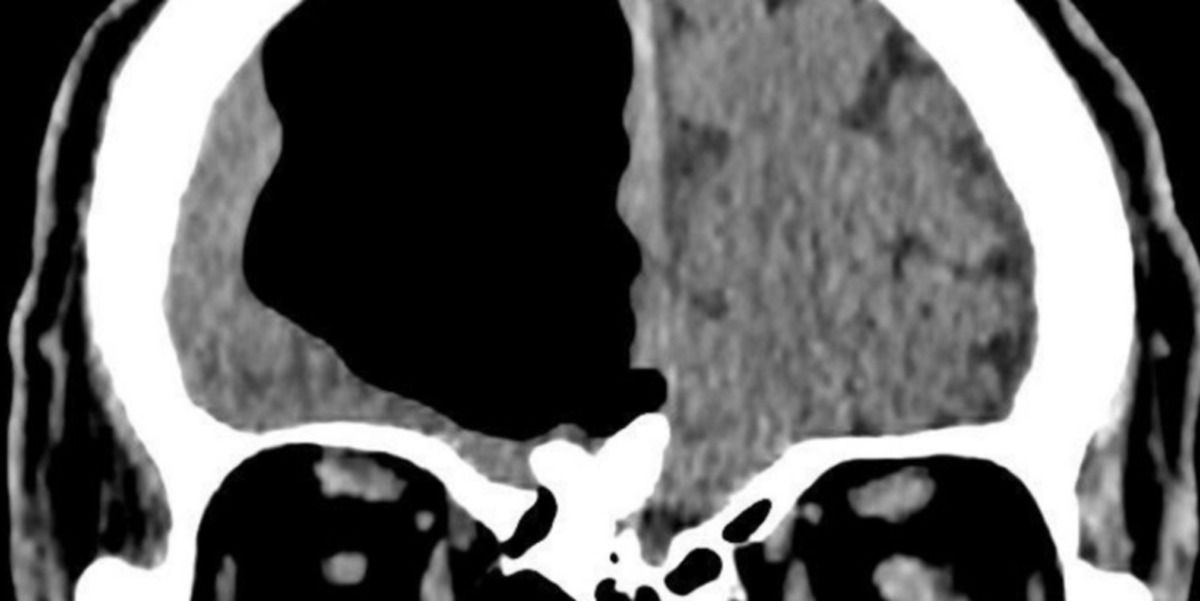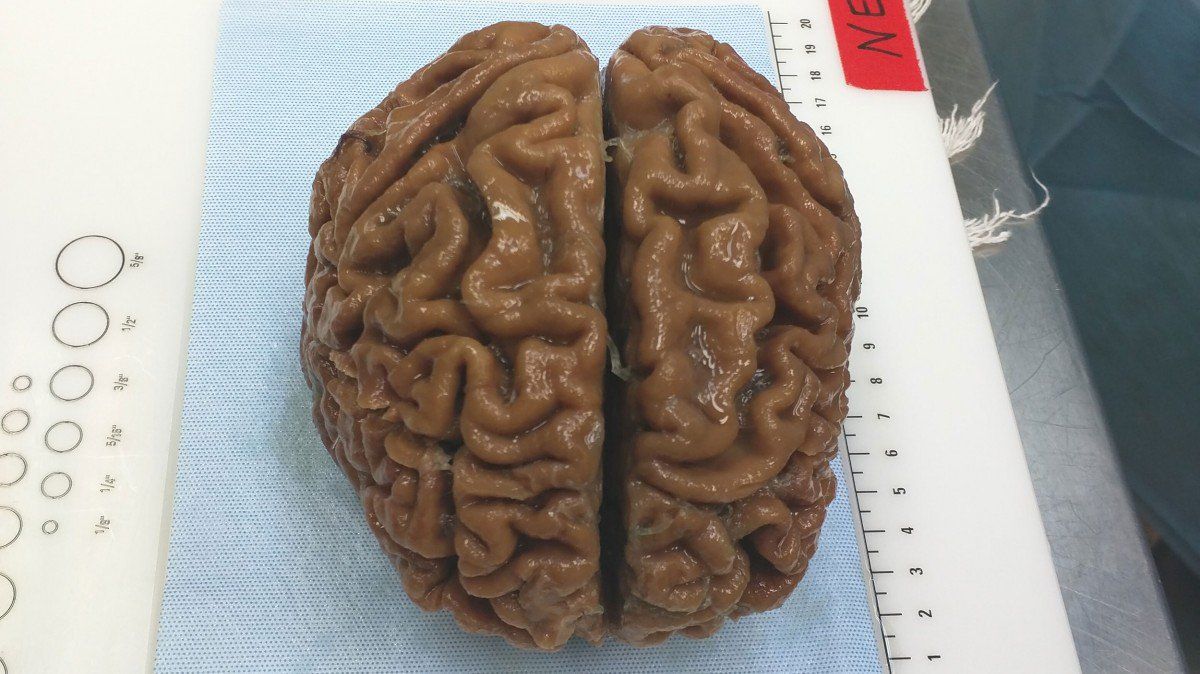By pitting neural networks against one another, Ian Goodfellow has created a powerful AI tool. Now he, and the rest of us, must face the consequences.
If you’re a history buff, you might not know much particle physics. But the two fields share more in common than you’d think. X-rays from a high-energy lab have revealed ancient Greek medical texts that had been stripped and covered with religious writing.
Scientists at the Department of Energy’s SLAC National Accelerator Laboratory have long been using high-powered x-rays at their Stanford Synchrotron Radiation Lightsource (SSRL) to analyze ancient texts. This week, they’ll be revealing the text beneath 10th-century psalms from the St. Catherine’s Monastery on the Sinai Peninsula. The hidden words were a translation of writings by the ancient Greek doctor Galen.
Synchrotrons might sound complex, but they’re a relatively common kind of particle accelerator. Rather than crash particles together like researchers do at the Large Hadron Collider, the SSRL just accelerates electrons to nearly the speed of light and keeps them traveling around a many-sided polygon. Magnets on the straightaways and bends change the electrons’ directions, which produces a beam of high-energy x-rays.
China has been one of the harshest countries with regard to cryptocurrency regulations and has given its citizens a very short leash. This hard-set attitude has made it difficult for people in the mainland to trade and hold cryptocurrency assets, while some have opted for offshore accounts, many still prefer using the little leeway their government allows.
The Chinese have clamped down on cryptocurrencies so much that they even forced a popular social media platform to shut down and warned its people that accounts related to cryptocurrencies would be watched closely.
Which is why the conversations that happened and the statements that were released at this year’s National People’s Congress comes as a long sought after reprieve to China’s people.
NASA has a plan to deal with potential asteroid impacts that sounds like it’s been taken straight from a science fiction film.
The space agency is building a spacecraft named HAMMER — which stands for Hypervelocity Asteroid Mitigation Mission for Emergency Response.
The plan is to blow any harmful looking asteroids out of the sky before they have a chance to hit out planet.
On Mar. 7, elections in Sierra Leone marked a global landmark: the world’s first ever blockchain-powered presidential elections.
As president Ernest Bai Koroma leaves office after serving two five-year terms, the maximum allowed constitutionally, Sierra Leoneans have had to pick from a pool of 16 candidates including the ruling party’s Samura Kamara, the erstwhile foreign minister, and Julius Maada Bio, former military head of state and candidate of the main opposition party.
Results released by Sierra Leone’s election commission (NEC) suggest a run-off between Bio and Kamara is likely with neither candidate securing the required 55% of votes so far. Sierra Leone’s new president will be tasked with a continued rebuilding given the country’s recent major disasters. In 2014, an Ebola outbreak led to nearly 4,000 deaths and GDP losses estimated at $1.4 billion—a major loss for one of the world’s poorest countries. Last year Sierra Leone’s capital also suffered devastating flooding and mudslides believed to have claimed more than 1,000 lives.










